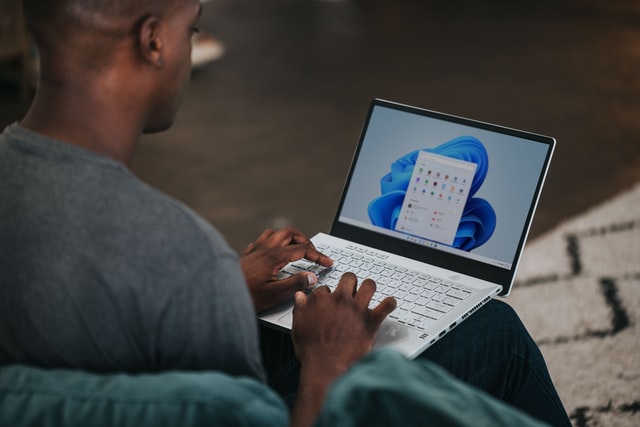If you are a computer user, you know Windows it’s constantly updating itself, and as you can guess, Windows 11 is here. You probably already know this; however, you might be wondering if you should upgrade. Both operating systems are very similar if you ignore the design decisions of the new one.
We aren’t experts on computers, but we can explain the overall differences simply, so everybody can understand. With that being said, we will tell you the best of both and why you might want to wait or you want to update ASAP. Anyway, keep in mind that Windows 11 just got out, so probably, there will be a few changes in the future.
Table of Contents
What’s the difference between the two?
Let’s talk about the minor changes when it comes to upgrading your system. For instance, you can try Windows 11 for free for some time, just like Windows 8 and 10. You could revert the changes if you don’t like the system in 10 days or less; however, you will need to do a clean install if you want to keep it. Also, some options like the desktop wallpaper sync aren’t available, and some apps won’t be pre-installed.
Let’s talk about the biggest changes: its design is way better and friendlier. The start menus and the taskbar look more like a MacOs or ChromeOS taskbar. The minimal, colourful design is more aesthetic, but its functions are the same. For example, you can expand your apps in a list and your most frequently used documents. You won’t have live tiles anymore, or Cortana functions on the menu. Still, it’s more organized, and it’s easier to get around your apps.
Multitask
One of the most significant changes we can see that would improve the experience of almost everybody is the chance of multitasking. This system allows you to multitask without sacrificing the performance of your computer. You can make ‘Snap Layouts’ that let you group windows and save them directly in the taskbar. You can ‘Snap’ between everything with shortcuts. Windows would save the configuration if you had the groups in other monitors, which means you can work freely everywhere.
New tablet more and new store
Windows 10 has already a tablet mode, but it isn’t as easy to use as you could expect. Windows 11 address this and behave more like an iPad rather than a tablet. It goes to a full-screen Start Menu, but it’s easier to touch; it has pre-programmed gestures and new effects that make the experience nicer.
Also, we must talk about the new app store for windows, being one of the best changes. This new store support Android Apps, which means you can sync a lot of your cellphone apps. Windows 11 has a new subsystem for Android, synchronizing with a lot of your favourite apps. The store also adds the Epic game store to the system, being a one-stop shop for everything.

¿What about compatibility?
This is probably the biggest downside because you will need an Intel Core 8th gen processor or newer, or an AMD Ryzen 2000 processor or newer. This is a significant change since Windows 8 and Windows 10. Many PCs are cut out of the official support. Most of the Intel processors we mentioned arrived in late 2017, and the Ryzen chips are from2018. If you can’t update your computer, don’t worry, Windows will support windows 10 until 2025.





